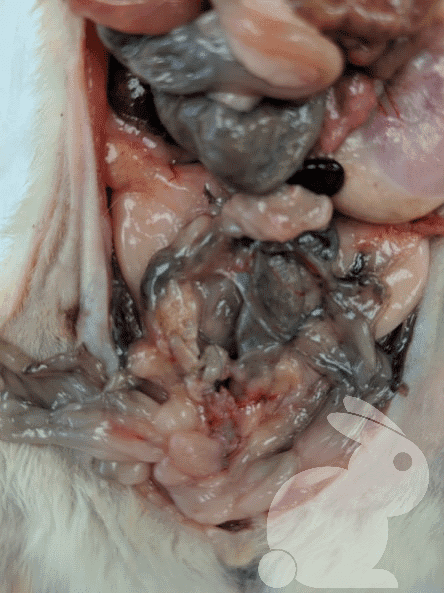Millie - Full Write-Up
Millie is a rat we hold close to our heart. Sometimes, as an owner, you can do everything right, and it still isn't enough.
Arrival:
Millie's owner contacted us as they wanted an experienced owner for their soon-to-be lone rat. Her companion was battling chronic health issues and wasn't going to be around too much longer. We agreed to accommodate Millie whenever the time came.
When the day arrived, Millie had recently developed a mammary tumour (we suspected a fibroadenoma), and we mutually agreed to have it surgically removed.
Millie was a friendly 1.6-year-old - 2-year-old rat.
You can donate via our Amazon Wishlist and our Paypal
For other enquiries, please email: bacchusresidents@outlook.com
Ovariohysterectomy and Mammary Fibroadenoma:
We decided to opt for a spay (ovariohysterectomy) under the same anaesthesia as we noticed Millie had some potentially hormonal changes to her coat.
Mammary fibroadenomas are hormone-dependent, as are mammary adenocarcinomas initially. Spaying can drastically reduce, or even entirely eliminate the hormones that can cause the onset of mammary neoplasms.
Millie was in good health and was a suitable candidate for surgery.
Millie handled the anaesthesia really well, and the surgery itself was non-traumatic. Millie was kept in solitary adapted accomodation to minimalise the risk of injury and infection. Use of a buster collar wasn't required.
Suture Reaction and Post-Surgical Infection:
Suture reactions are occasionally encountered post-surgery. The prognosis is usually good, but suture reactions can prolong the healing time and cause morbidity.
Millie's surgical site became inflamed and was oozing pus. Millie also had acute diarrhoea.
Without treatment, infected surgical sites can be fatal. You may develop an abscess, cellulitis, or even sepsis.
Millie was introduced to oral broad-spectrum Baytril/Enrofloxacin (fluoroquinolone antimicrobial agents), topical Flamazine/Silver Sulfadiazine (antibiotic cream), oral 1.5mg:1kg Metacam/Meloxicam (NSAID) BID, and frequently sterilised with saline.
Millie was slower to recover but was making external improvements - she even managed to move safely move in with her mischief. Sadly, we weren't aware of her internal deterioration.
Passing:
Millie was approaching the end of her antibiotic course. From the outside, Millie had improved, but we weren't happy to finish the course before she had fully recovered. We were deciding it would be best to extend the course, send for culture sample, or change antibiotics.
Unfortunately, before her course of antibiotics finished, Millie suddenly passed away.
Given her unexpected passing, ourselves and the vet agreed to a post-mortem.
Autopsy:
WARNING: GRAPHIC CONTENT WHICH MAY UPSET SOME READERS!
THEMES OF DEATH.
Externally, the tissue at the infection site had improved and was healing well.
We suspected the cause of death may have been an internal infection. An autopsy would shine some light on the problem.
Upon post-mortem, Millie had an abscess and suture reaction at the stump of the cervix. There were also suture reactions at the right ovarian pedicle and the muscle. There was no communication between the muscle, the surgical wound, and skin.
All sutures held, and there were no abnormal findings within the abdomen.
Based on the findings, the vet believed Millie had a secondary resistant bacterial infection - likely clostridial - accompanied by a poor/compromised immune system.
Unfortunately, there would've been very little we could've done to save her, despite our best efforts.
Millie passed away on the 2nd of July 2019.
















Comments
Post a Comment